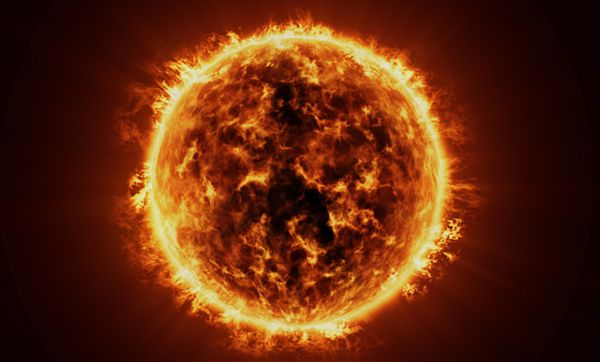Soon after forming, white dwarfs are extremely hot, radiating the intense energy that was once held in the core of the main sequence star that came before them. Over the billions of years after forming, white dwarfs slowly cool and, at a certain point, the oxygen and carbon they contain will go through a phase transition — akin to liquid water freezing and turning into solid ice, only at much more extreme temperatures and pressures — solidifying to form a huge crystal.
"All white dwarfs will crystallize at some point in their evolution, although more massive white dwarfs go through the process sooner," Pier-Emmanuel Tremblay, from the University of Warwick's Department of Physics and leader of the study, said in a press release. "This means that billions of white dwarfs in our galaxy have already completed the process and are essentially crystal spheres in the sky. The sun itself will become a crystal white dwarf in about 10 billion years."
Tremblay's team analyzed the Gaia observations to measure the luminosities and colors of 15,000 white dwarfs within 300 light-years of Earth. What they found was an excess (or a "pile-up") in the population of stars of specific colors and brightness. They realized that this group of stars represented a similar phase in stellar evolution where the conditions are right for this phase transition to occur, causing a delay in cooling, thus slowing down the aging process. The researchers found that some of these stars had extended their lifespan by up to 2 billion years.
"This is the first direct evidence that white dwarfs crystallize, or transition from liquid to solid," added Tremblay, also in the statement. "It was predicted fifty years ago that we should observe a pile-up in the number of white dwarfs at certain luminosities and colors due to crystallization and only now this has been observed."
Crystallized white dwarfs aren't just a stellar curiosity; their quantum makeup is unlike anything we can recreate in the laboratory. As the white star material crystalizes, its material becomes ordered on a quantum level, nuclei aligning themselves as a 3D lattice creating a metallic oxygen core and an outer layer enriched with carbon.
So, there we have it, after stars like our sun die, their stories aren't over. All white dwarfs will go through this crystallization phase, littering the galaxy with massive diamond-like stellar remnants.


